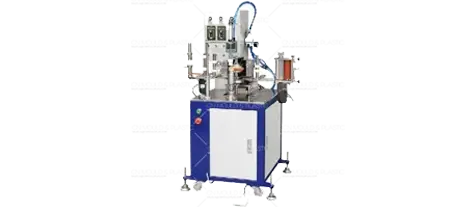
Foil Stamping is a special printing process without ink. With the help of a certain pressure and temperature, the use of the plate installed on the hot stamping machine, the graphic of hot stamping plate is transferred to the surface of product after the product and hot stamping foil are pressed each other in a short period of time. Generally speaking, foil stamping refers to the thermal pad printing process of hot stamping foil(hot stamping paper) to the surface of the substrate at a certain temperature and pressure. It's suitable for products with smooth surface. Pad Printing is an indirect offset printing process that a silicon pad head takes a two-dimensional image from a laser-engraved plate (gravure) and transfers it to a three-dimensional object. Due to the development of pad printing technology, it is now possible to print a variety of products with complex shapes, such as convex, concave, spherical, cylindrical, textures, composite corners, etc., which are impossible to achieve for traditional printing processes.
By conparison, the color of Pad Printing is limited and it can be difficult to get a colorful effect by mixing colors. The materials suitable for Pad Printing are also more limited. Generally Pad Printing can only be used for hard materials, for some soft materials, the effect is quite bad. Foil stamping has better transparency, color and texture result, and can be printed on a variety of materials including hard materials and soft materials.
As can be seen from the basic process, the three elements of quality for Foil Stamping are temperature, pressure, and rate. To get a perfect stamping result, it is necessary to appropriately master temperature, pressure, rate, and other process variables.
No ink traces.
No ink or other obnoxious smells, such as air pollution.
The color pattern is only printed once.
Simple processes, efficient production management, and a high coefficient of product quality assurance.
Wide application includes leather, paper, plastic, and other materials.

1. Surface decoration
Foil Stamping shows strong decorative effect of the product. It can improve the added value, quality and grade of the product, and make the product more competitive.
2. Higher anti-counterfeiting performance
Foil Stamping gives the product a higher anti-counterfeiting performance, for example, use holographic positioning foil stamping for trademark identification. Products after foil stamping are more clear, beautiful, bright, eye-catching, wear-resistant, weather resistant. In graphic design, foil stamping highlights the design theme.



